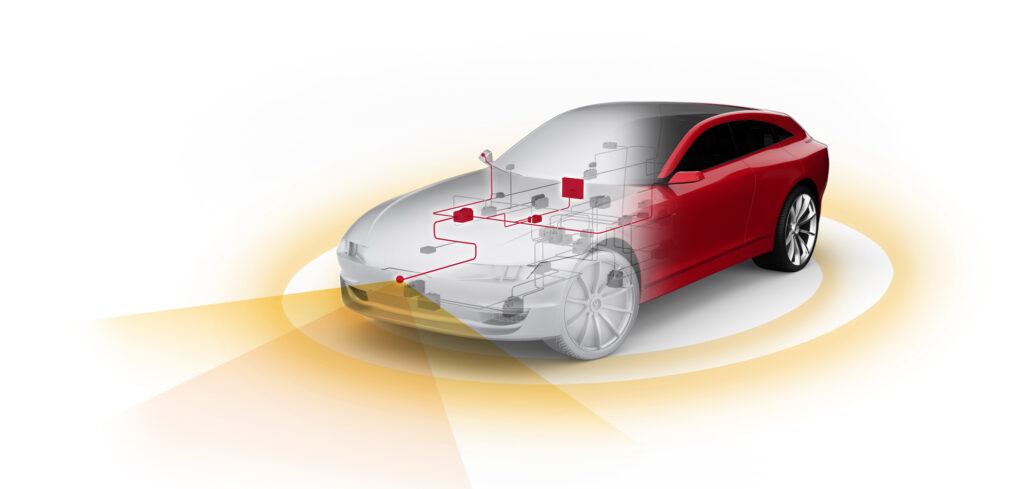Software and embedded component developer Vector says it is now supporting the XANDAR (X-by-Construction Design Framework for Engineering Autonomous & Distributed Real-time Embedded Software Systems) project that was initiated by the EU in January. The goal of the project is to build a framework for prototyping embedded software for autonomous systems within the next three years.
When developing complex automated and self-learning systems, any later corrections or changes to the design can involve considerable added cost, effort and risk. According to Vector, such changes can only be avoided if every development step meets high system requirements, a consideration which applies to each individual function (Correctness-by-Construction ,or CbC method).
The stated goal of XANDAR is to build a framework for prototyping embedded software for autonomous systems. This framework should enable XbC design related to timing, safety and security. This starts with the system requirements and extends to high-level design and code integration based on the CbC method. Together with its partners on the project, Vector says it is contributing toward achieving the project’s ambitious goals based on its expertise as an embedded software specialist and with its high-performance development environments PREEvision and TA Tool Suite.
The company says PREEvision makes it possible to specify connected embedded systems collaboratively, which are model-based with well-defined semantics that integrate all system levels. The TA Tool Suite meanwhile can be used to specify, simulate and validate the time behavior of complex real-time systems. The two environments, Vector says, provide a good foundation for setting up the X-by-Construction design framework.
XANDAR is being run and validated by a consortium of businesses, research institutes and universities with wide-ranging competencies in embedded systems and software engineering, under the coordination of the Karlsruher Institut für Technologie (KIT).
The European Union is supporting the project as part of its Horizon 2020 program for research and innovation.


